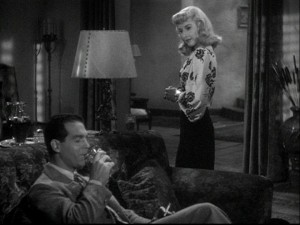Three Acts
1/4, 1/2, 1/4
The Inciting Incident
Beats
Character
Dialogue
Robert McKee…
Standard blogging form seems to look like this: Choose an enticing title so that internet surfers ride the proverbial wave onto your site; write in paragraph format; embed video or images along with text; flashy colors or themed designs or fonts or your ‘links’ all convey a sense of identity and personality, all of which could lead to a readership; an audience for your opinions concerning the world. Who’s to say that I can’t blog using screenwriting terms randomly placed across the page in order to visually show that the Screenwriting manuals and their tropes are merely tried-and-true success stories that lead to profit (well, maybe it doesn’t show the last part about profit). A set of norms/conventions has come to define the appearance of a blog in the same way that a successful screenplay is expected to work and conform to a set structure in order to be produced or even taken seriously by Hollywood. Could you understand a blog post discussing frustrations of screenwriting via a different formal presentation than expected? and How would we come to understand the meaning?
As I continue writing my own screenplay for a thesis, the MYMF reading really jazzed the side of me that really desires to create something original; the side of me that maybe wants 4 acts instead of three; a protagonist who rarely appears in the film but manages to drive the action. I want to push the boundaries of an accepted form, of accepted conventions, in order to create something that not only tells a story, but also says something about how we tell stories. This seems to harken back to our first day of class when we clarified our task for the semester: to examine how we tell stories. There are conventional ways and there are unconventional ways. It’s been said before, you must know the conventions before you can break them because that shows both a proficiency in the conventions themselves and the genius to mold the form into whatever you want. A powerful tool. I resist conventions; I accept conventions. More or less, these screenwriting manuals provide the tools within your toolbox to create a convincing storyworld presented via plot in a manner that will engage the audience successfully.
Going back to blogs, as I mentioned before, I want to see bloggers explore how breaking the conventions of the ‘craft’ can inspire new meaning or a better understanding of what’s being written. I’m familiar with video blogs, but I’m wondering if there are any examples of, say, intrepid bloggers successfully manipulating the CSS form in a manner which somehow magnifies or complements the meaning of their blog post or overall blog “voice” or message? The way German Expressionism visually and outwardly expressed internal emotions. I’m not saying my exercise in breaking blog conventions worked, but like any of the mediums we’ll be studying this semester (TV, Film, Video Games), we must be in tune to these subtle plays with conventions and how they invoke meaning both diegetically and mimetically? It’s just another tool in the toolbox…
